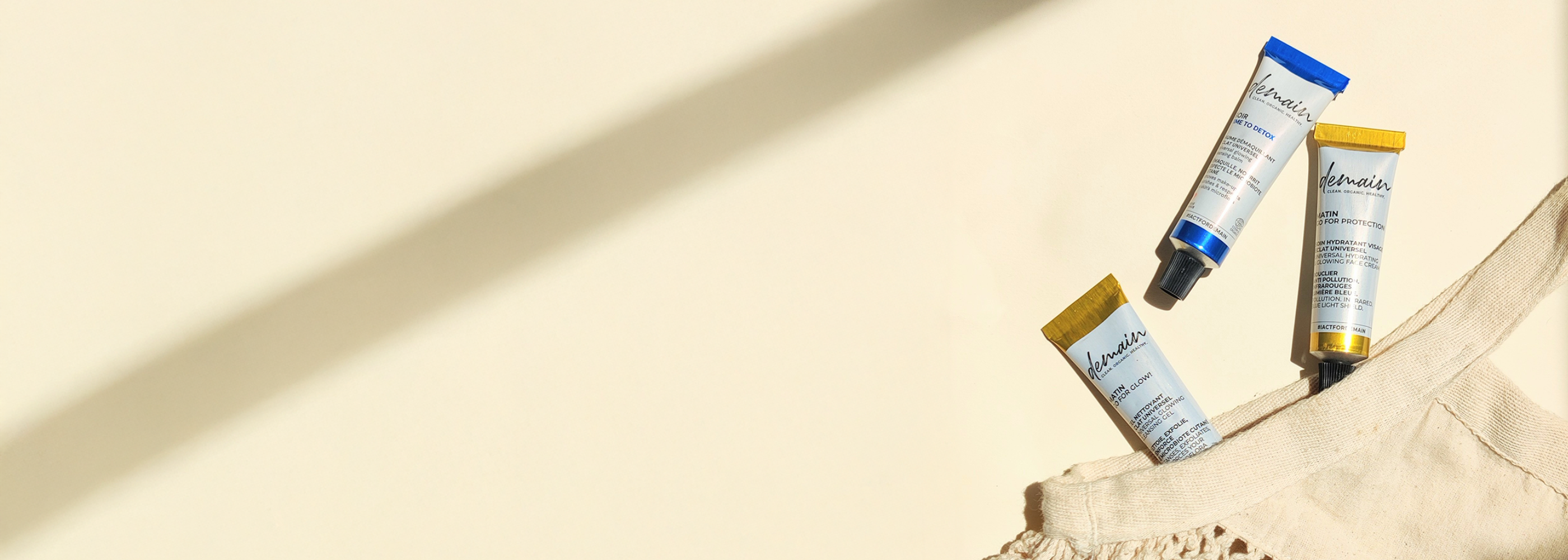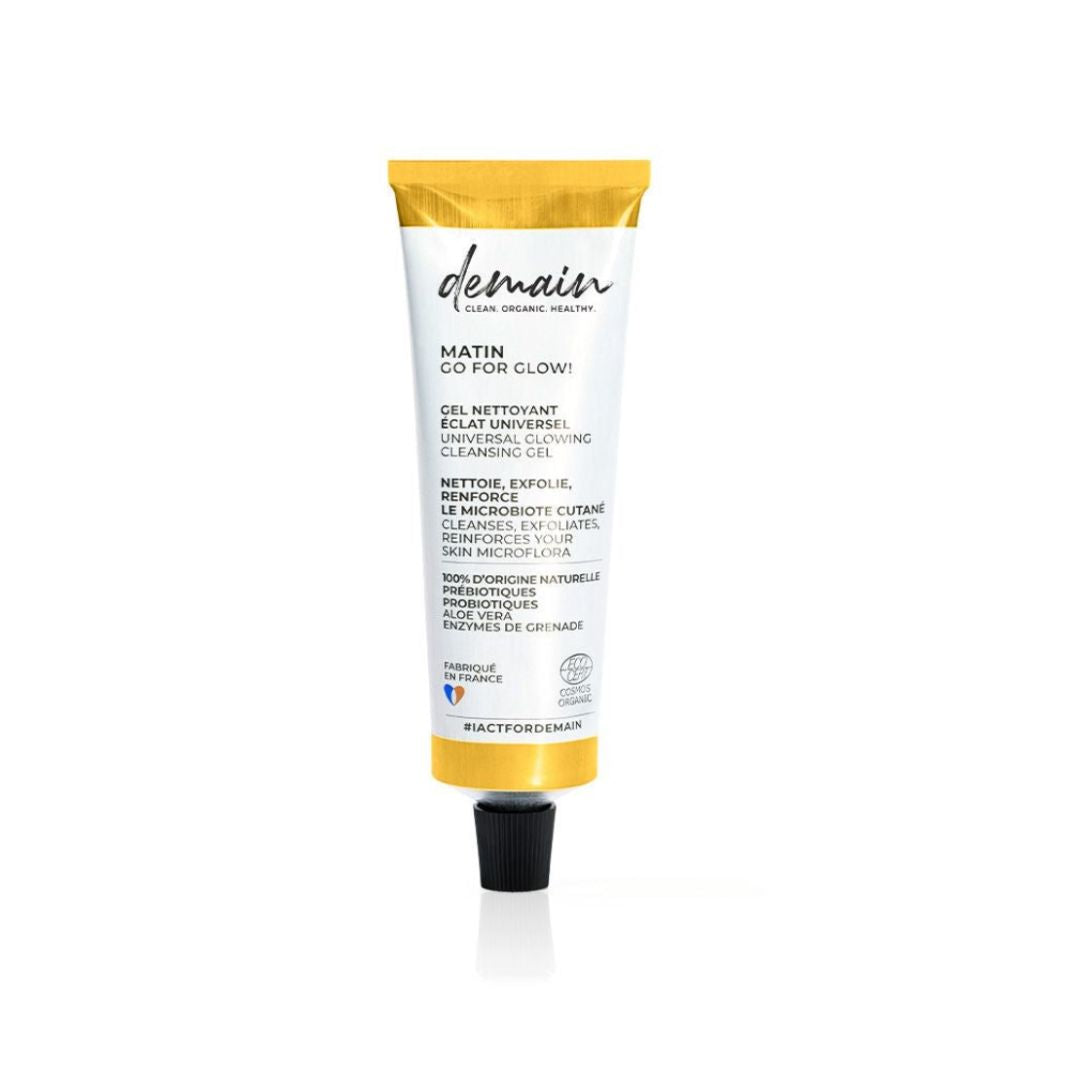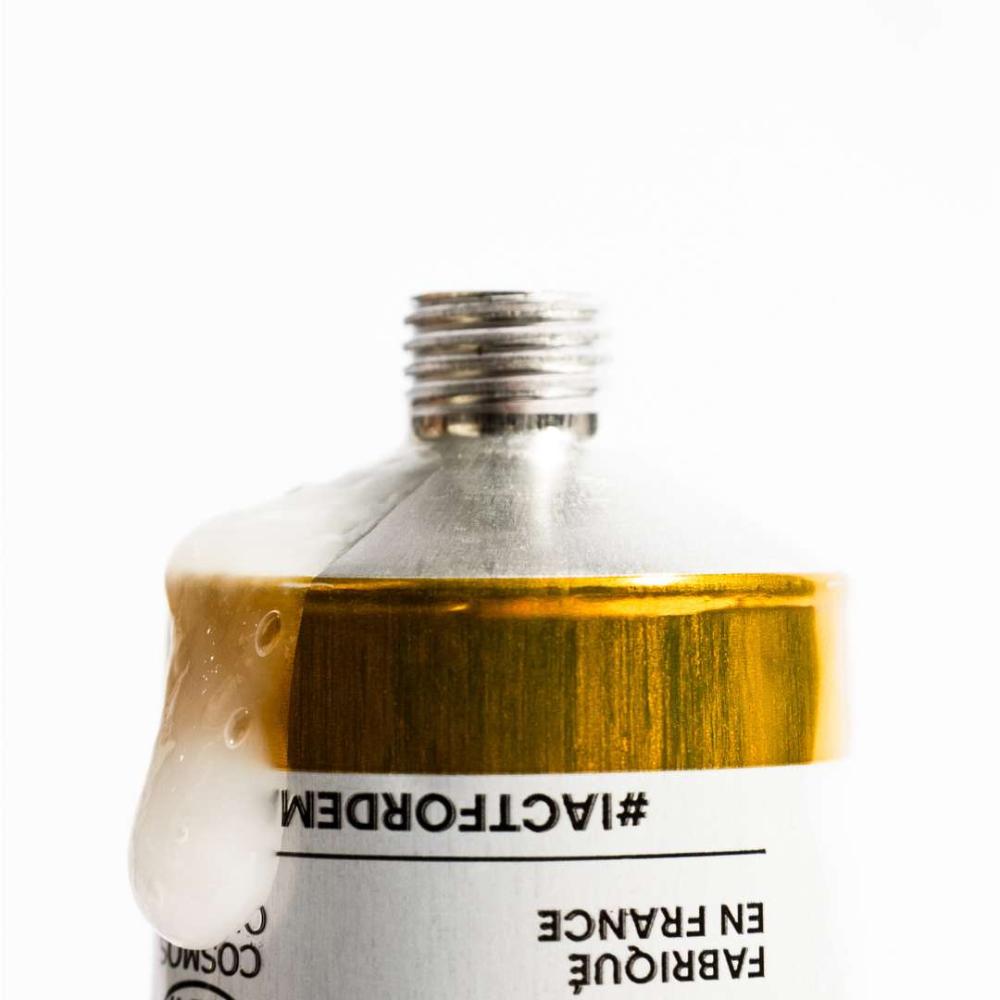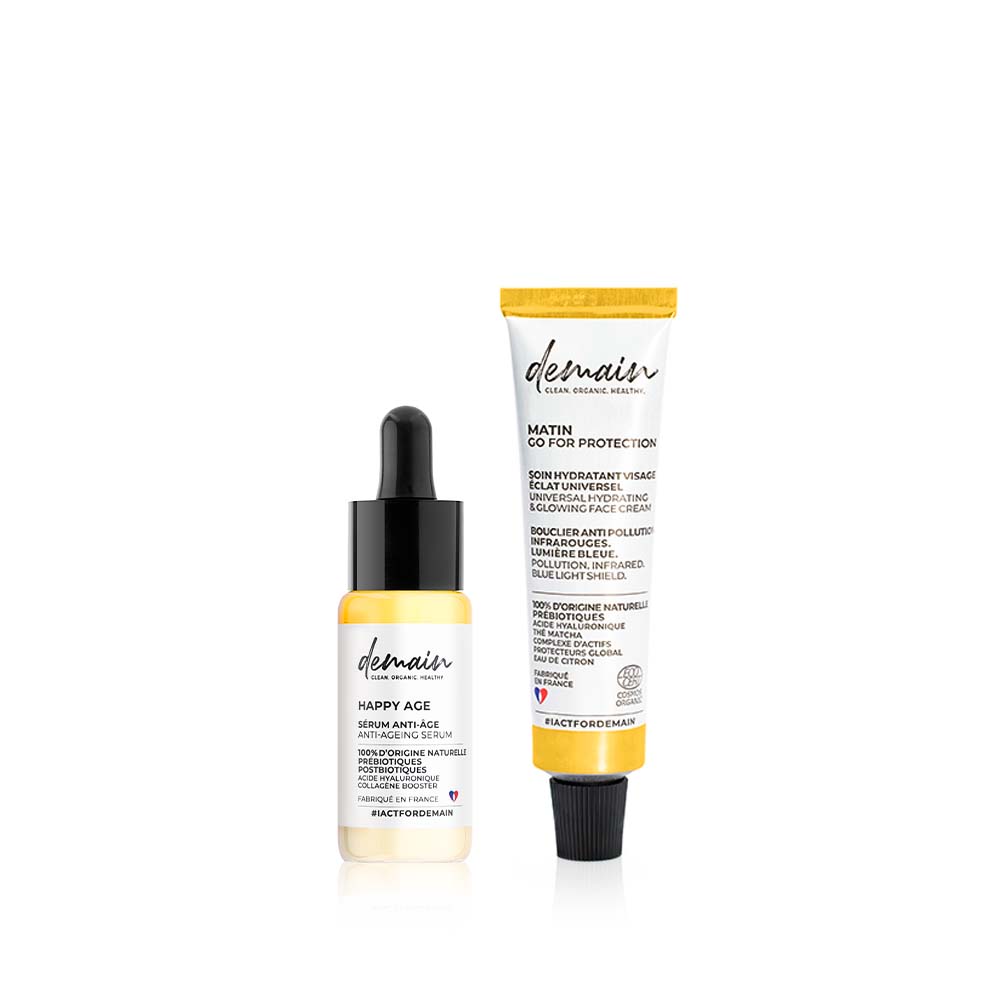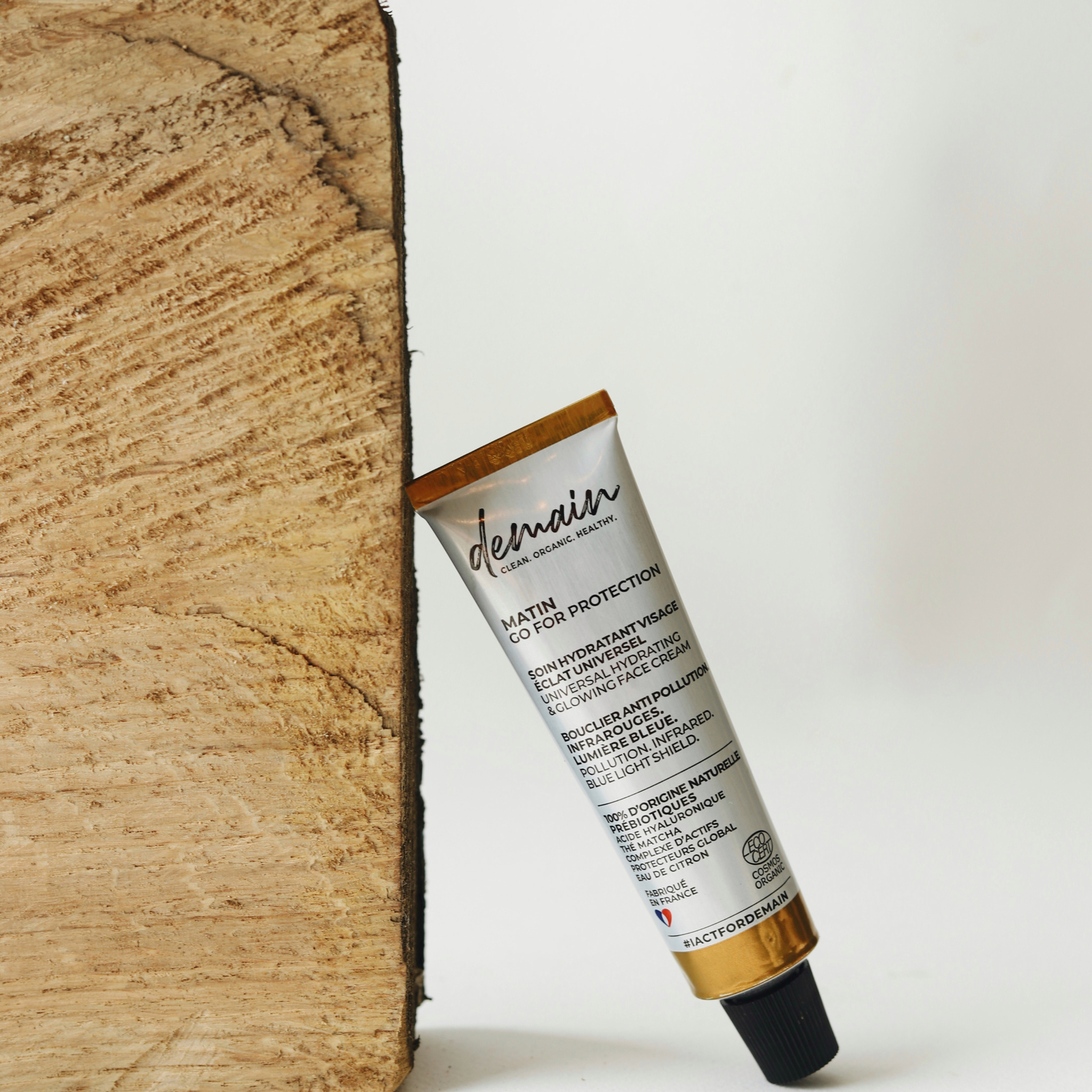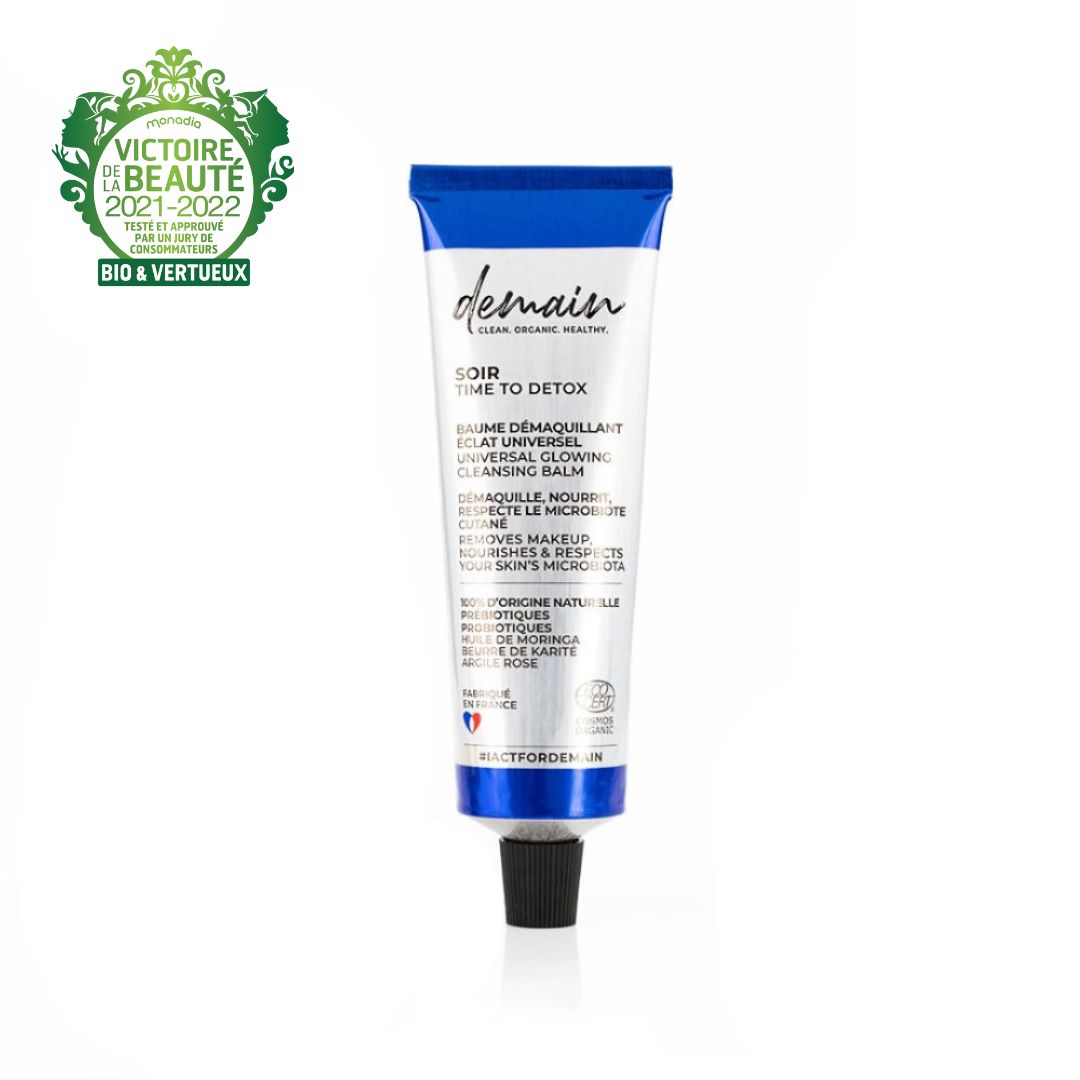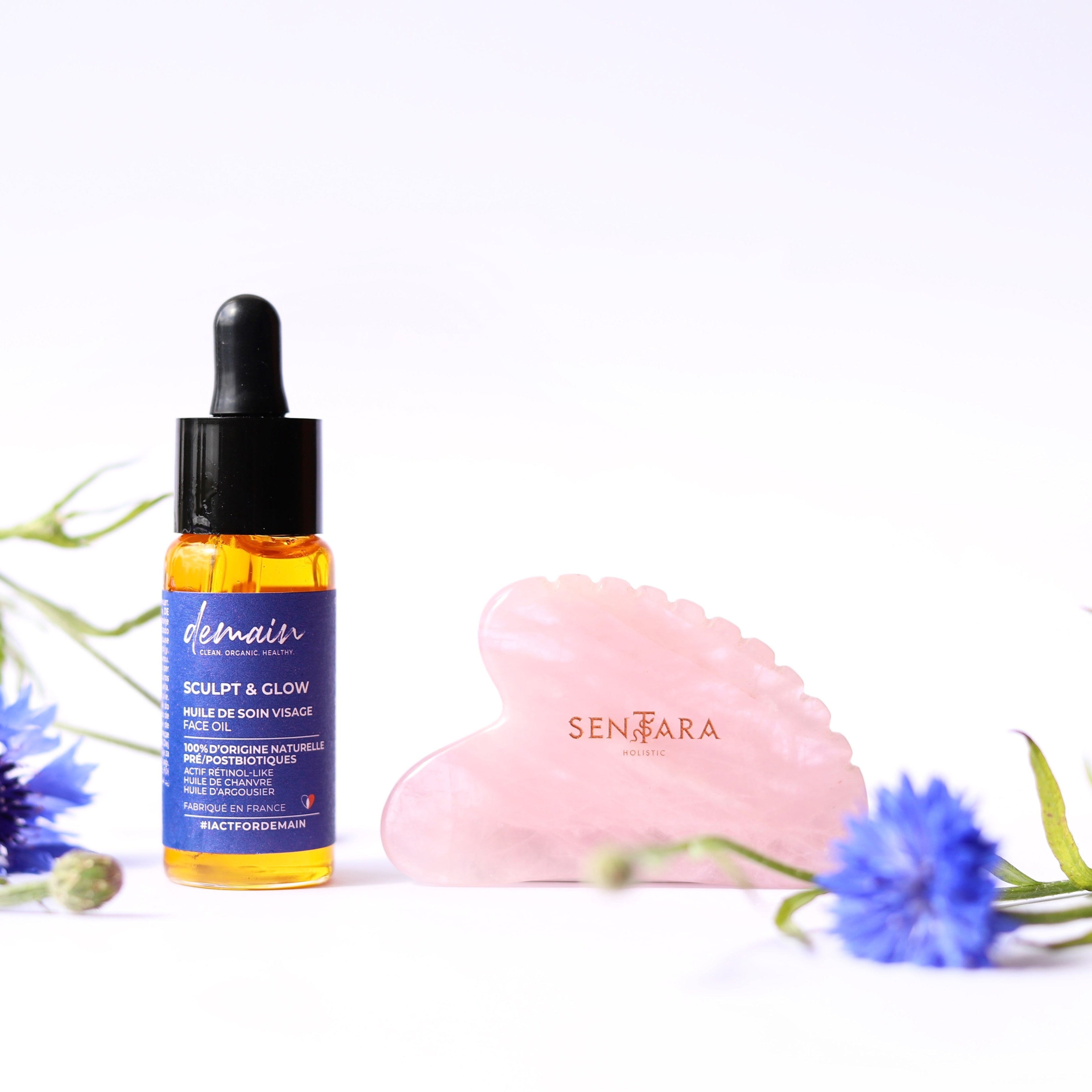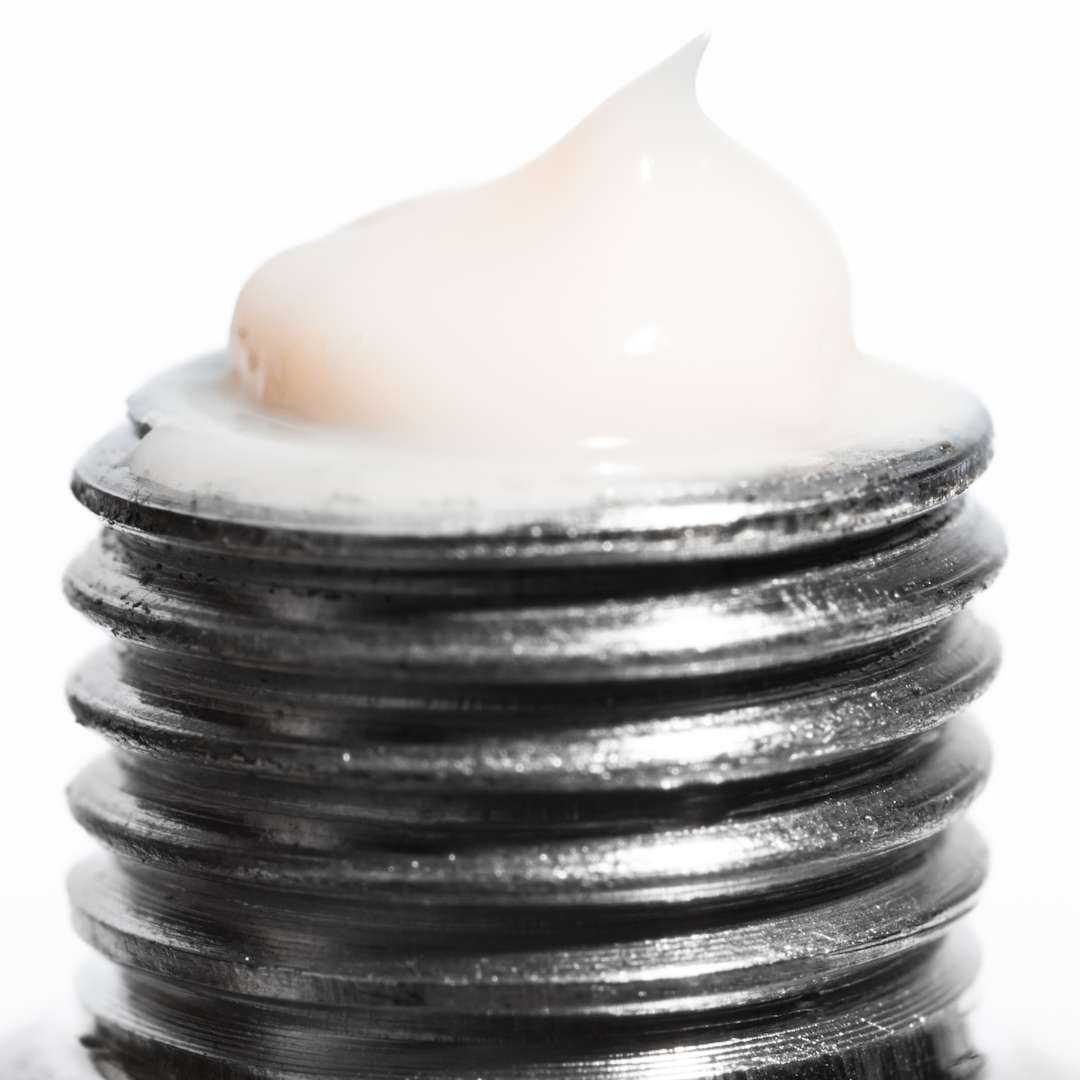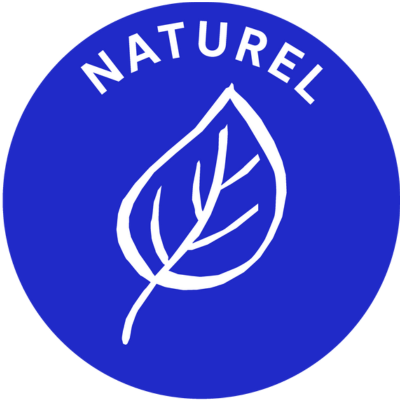Why do I have red patches on my face?
Facial redness particularly affects sensitive and reactive skin, creating daily feelings of discomfort. These skin symptoms are characterized by tingling, overheating, and excessive reactivity to external aggressions such as stress, temperature fluctuations, or pollution. Adopting a suitable and soothing skincare routine can calm these unwanted reactions and restore comfortable skin.
What diseases cause redness on the skin?
Thererosaceais the most common skin condition causing facial redness. This condition particularly affects fair-skinned women over the age of 30.
Lupus, an autoimmune disease, manifests as distinctive red patches on the face, particularly on either side of the nose. Increased photosensitivity often accompanies these symptoms.
Seborrheic dermatitis is another source of skin redness, with scaly areas mainly on the face.mastocytosis, rarer, affect certain white blood cells and generate visible inflammatory reactions on the epidermis.
Chronic urticaria can also trigger widespread red patches, while erythema multiforme is characterized by target-shaped lesions.
Triggers on the nose and cheeks
THEnose and cheeksreact particularly well to sudden temperature changes. A change from cold to hot causes rapid dilation of blood vessels, causing sudden redness called "flushes."
Consuming spicy foods or hot drinks can trigger an immediate reaction in these areas. People with fair skin are naturally more vulnerable to this.
Exposure to UV rays is a major factor in the appearance of redness, particularly on thecheekbones and the wings of the noseProper sun protection is essential, even in winter. Temperature fluctuations, wind, and pollution also weaken these sensitive areas of the face, creating a breeding ground for skin reactions.
Erythrosis: Understanding this skin reaction
Erythrosis is manifested by auniform red coloringon the face, resulting from dilation of superficial blood vessels. This skin reaction occurs mainly in people with fair and sensitive skin.
Without proper treatment, initially transient redness can become permanent. Early diagnosis can prevent the development of a more severe form of rosacea.
Theresupportrelies on gentle daily actions: use of soothing treatments, enhanced sun protection and avoidance of skin aggressions. A dermatologist can prescribe specific treatments such as vasoconstrictor creams or consider laser treatment in more advanced cases.
Signs of reactive skin to watch out for
Areactive skincan be recognized by several characteristic warning signs. Burning or itching sensations appear quickly after applying even the most basic cosmetic treatments.
The face may feel rough to the touch, accompanied by fine scaling in some areas. Blood vessels become more visible, particularly on the sides of the nose and temples.
Thereweakened skin barrierreveals skin that reacts excessively to the slightest change: makeup, a shower that is too hot or simple contact with tap water. These symptoms are particularly accentuated during seasonal changes or periods of intense stress.
How to treat reactive skin?
Gentle cleanser: the basis for soothed skin
The choice of aultra-gentle cleanserrepresents the first fundamental step in preserving skin balance. Soap-free formulas, enriched with soothing active ingredients such as aloe vera or chamomile, allow for respectful cleansing without upsetting the skin's natural pH.
Choose light textures like gel-creams or lotions, which gently remove impurities without rubbing. Rinsing with warm, never hot, water limits unwanted reactions.
THEprebiotic active ingredientspresent in certain cleansers help strengthen the skin microbiota, while superfatting agents prevent dehydration. Opt for minimalist formulas, without perfume or alcohol, which respect the fragility of your skin.
Serum and cream: a winning anti-redness duo
THEanti-redness serumPenetrates deeply thanks to its high concentration of targeted active ingredients. Applying it before cream maximizes the absorption of soothing ingredients like niacinamide or panthenol.
The cream then forms a protective shield, sealing in the benefits of the serum while strengthening the skin barrier. This strategic combination increases the effectiveness of the treatment tenfold: the serum targets redness while thesoothing creammaintains optimal hydration.
For visible results, apply the serum to clean, slightly damp skin. Let it absorb for a few seconds before applying your cream in small circular motions, without rubbing.
The Importance of Soothing Floral Water
THEnatural floral watersare a valuable asset in the routine of sensitive skin. Roman chamomile and cornflower stand out for their exceptional calming properties on diffuse redness.
A true multifunctional treatment, a floral water mist instantly refreshes the skin while neutralizing the drying effects of limescale. Its balanced pH perfectly respects skin's sensitivity.
Damascus rose hydrosol and witch hazel hydrosol are particularly excellent for soothinghot spotsof the face. A gentle spray morning and evening between the different stages of care optimizes their effectiveness, while occasional use during the day provides immediate comfort to overheated skin.
What are the specific anti-redness treatments that are effective?
Cosmetic innovations have enabled the development ofhighly targeted formulasagainst redness. Niacinamide, a star of dermatological laboratories, strengthens the skin barrier while visibly reducing redness after 4 weeks of use.
Another promising active ingredient, azelaic acid, acts as a powerful regulator of skin inflammation. Its combined action with biomimetic peptides achieves remarkable results on diffuse redness.
The latest scientific advances also highlight licorice extract and ginkgo biloba. These natural ingredients, combined withbiotechnological complexes, strengthen the resistance of blood vessels and prevent the appearance of redness linked to temperature variations.
The soothing mask: an ally for sensitive skin
THEsoothing masksfit perfectly into a weekly routine to calm reactive skin. White clay, combined with honey and aloe vera, forms a trio of natural active ingredients that are particularly effective in reducing feelings of overheating.
A well-thought-out ritual maximizes results: apply your mask to clean skin, applying a generous layer, avoiding the eye area. Leave on for 10 to 15 minutes, without waiting for the mask to dry completely.
THEsoothing ingredientslike peony or horse chestnut, which are excellent for their calming action on diffuse redness. For an immediate cooling effect, store your mask in the refrigerator. This simple trick increases its decongestant power tenfold and provides an instant feeling of comfort.


